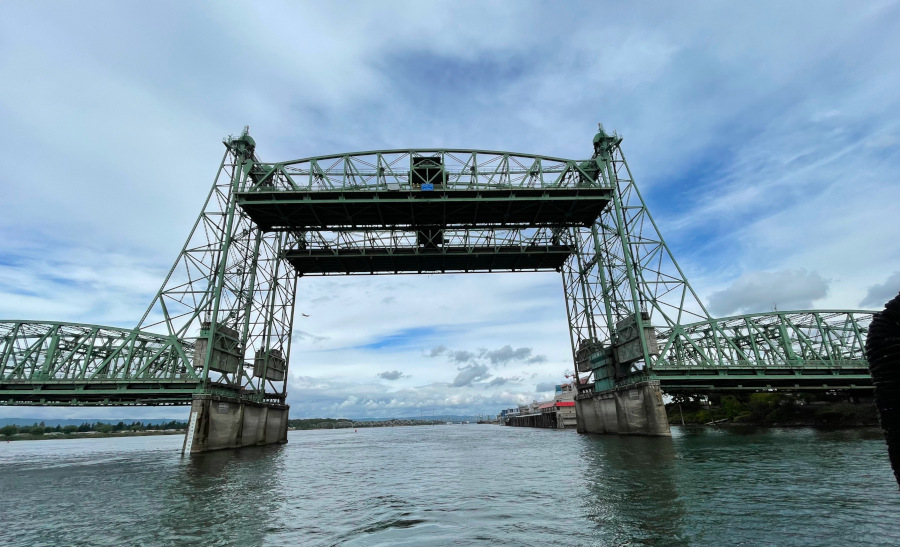The Interstate 5 Bridge project between Oregon and Washington is back. Officially, so. At least for now, that is.
In an effort to stave off paying back the federal government roughly $140 million in grants spent on the once-defunct project to replace the aging bottleneck-inducing bridge that connects Vancouver, Washington, with Portland, Oregon, over the Columbia River the two states have formally agreed to start moving forward — again — on replacing the bridge.
The states’ two governors made it official in November by signing an agreement to work cooperatively to replace the bridge’s two spans, one opening in 1917 and the other 1958.
By reopening the assignment, the two states will open a joint project office. The first order of business will be to see what still exists as workable material from the earlier joint project that was squashed by Washington lawmakers in 2013, even after nearly $200 million was spent on the Columbia River Crossing Project to replace the bridge.
Once the joint office goes over what it still has, it can plan for what it still needs.
The agreement states: “The work of this project office should include, but is not limited to, the reevaluation of the purpose and need identified for the project previously known as the Columbia River Crossing, the reevaluation of permits and development of a finance plan, the reengagement of key stakeholders and the public, and the reevaluation of scope, schedule and budget for a reinvigorated bi-state effort for replacement of the Interstate 5 Columbia River bridge.”
In an effort to keep within the federal timelines, even with extensions, the two states hope to get an environmental review of a new project moving in 2020 and potentially start construction in the summer of 2025. That may be a bit aggressive, though, as there is still plenty of planning work that needs to be done on what will amount to a multi-billion project that has years of political hurdles ahead.
As the political fumbling has continued for years, mainly on the Washington side of the border, largely because the state’s biggest bottleneck of interstate, the two miles of freeway directly tied to the bridge, is far removed from the state’s political and population centers of the Puget Sound, and directly linked with Oregon’s largest city, the delays have only gotten worse. Average speeds across the bridge are down to 9 miles per hour.
But the signatures of Washington Gov. Jay Inslee and Oregon Gov. Kate Brown still set in motion something that has been simply hanging in the balance since 2013 when the Columbia River Crossing project was scrapped.
Any new bridge will assuage seismic concerns with the current structure, all while expanding capacity and making some sort of space concession for high-capacity transit, whether that be light rail or rapid bus lines.
While still early in the new project plans and therefore too early to start placing price tags on the bridge, the governors did say they expect tolling will become a major part of the equation.
Now it is up to the new joint project office to move forward. Officially they will re-evaluate the purpose and need and permits for the failed Columbia River Crossing project, evaluate project scope, schedule and budget and start re-engaging stakeholders and the public on replacing the bridge. There won’t be a final progress report issues until Dec. 1, 2020.
The new agreement lasts for five years but can be voided by either state with a three-month notice.
There’s still plenty of work that needs to be even figured out, let alone accomplished, before real headway is made on the bridge project. But the new steps are far more than have been done since 2013.
Follow Tim Newcomb on Twitter at @tdnewcomb.


Post a comment to this article
Report Abusive Comment